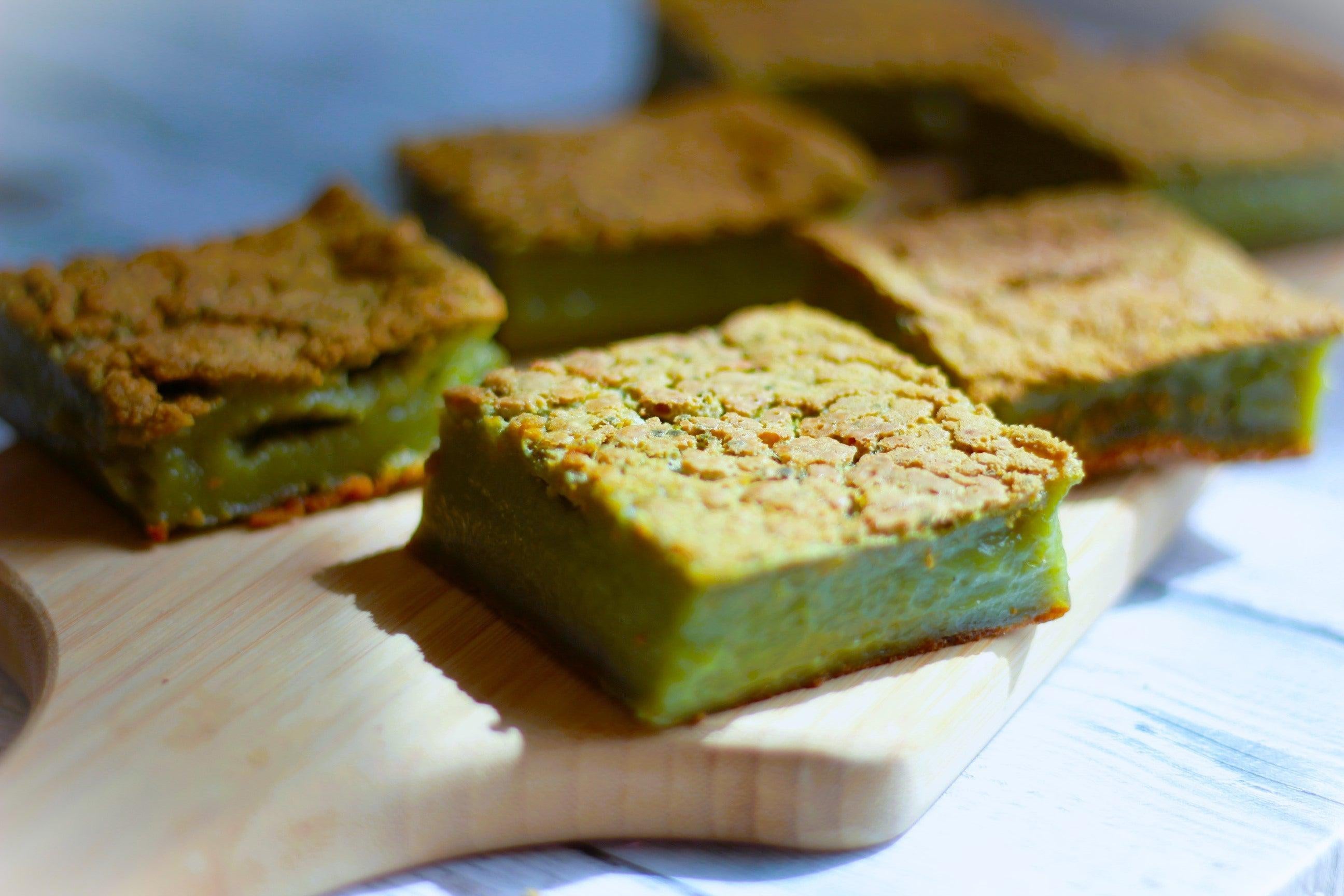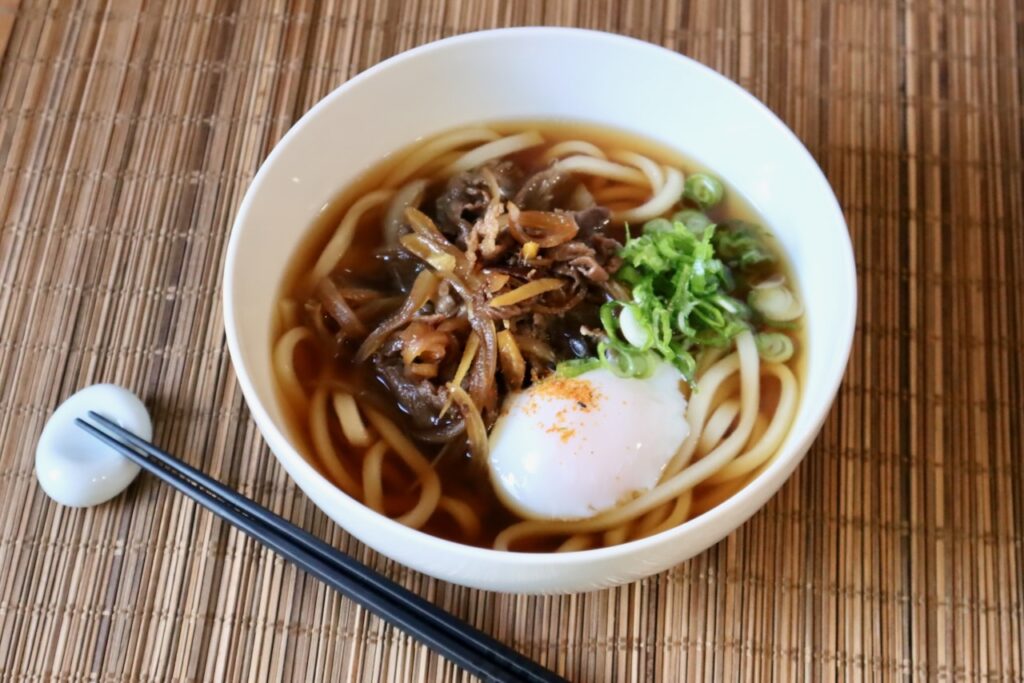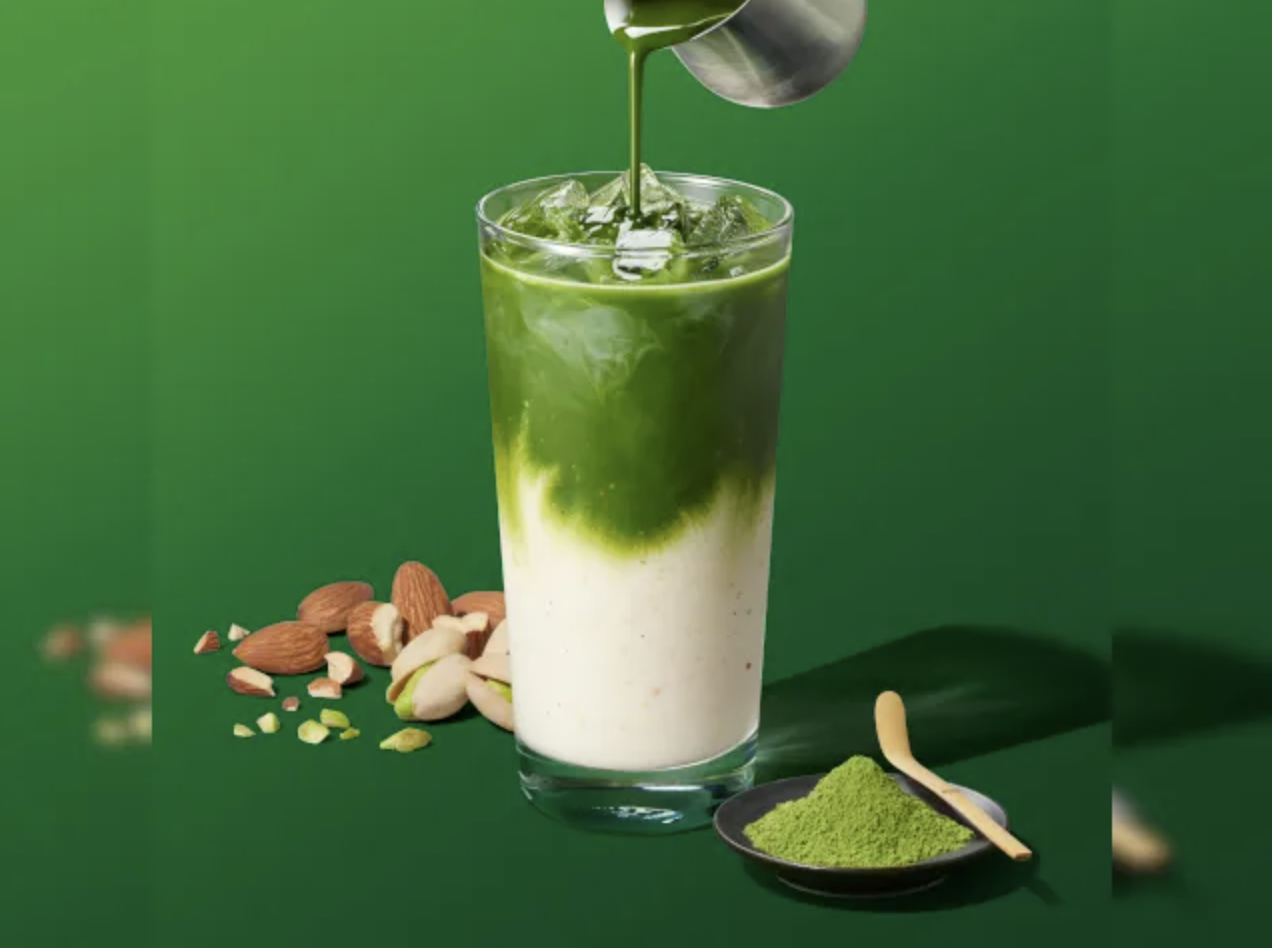Natto is a traditional Japanese food made from fermented soybeans. It has been a staple in Japanese cuisine for centuries and is known for its unique flavor and texture. Discover more about natto here including how it’s made, its health benefits, and different ways to eat it!
What is Natto?
Natto is a traditional Japanese food made from fermented soybeans. Its distinctive flavor, texture, and odour has made it quite notorious. The little beans are sticky and slimy with a strong and pungent aroma and a flavor that can be described as savoury, nutty, and somewhat cheesy. Although this sounds off-putting, natto is a popular ingredient in Japanese cuisine that is eaten at any meal and used in various dishes like sushi. Recently it has even made an appearance in the popular “Shogun” TV series. The scenes featuring natto in the Shogun series showcase the unique texture and flavor of natto.
While some people love natto straight away for others it’s certainly an acquired taste. This was the case for me; when I first tried natto I wasn’t a fan at all but now I enjoy eating it with rice and love the health benefits that comes along with eating it.
How Natto is Made?
The fermentation process of natto involves adding a specific strain of bacteria, called Bacillus subtilis, to cooked soybeans. This bacteria produces an enzyme called nattokinase, which gives natto its distinct taste and texture.
The process of making natto starts with steaming or boiling soybeans until they are fully cooked. The cooked soybeans are then cooled and inoculated with a specific strain of bacteria called Bacillus subtilis.
After inoculation, the soybeans are incubated at a warm temperature for a period of time, usually around 24 to 48 hours. During this time, the bacteria ferment the soybeans, producing nattokinase, which gives natto its unique properties.
The fermentation process also results in the formation of a sticky and slimy substance around the soybeans, which is a characteristic feature of natto.
Once the fermentation is complete, the natto is typically stored in the refrigerator to slow down further fermentation and maintain its freshness.
It’s important to note that making homemade natto can be a bit complex and requires careful temperature control and handling of the bacteria. It is possible to make your own with natto starters but most people prefer to buy commercially made natto from stores or online.
What does Natto Taste Like?
Natto has a unique and acquired taste that may not be enjoyed by everyone. Like I said earlier, it has a sticky and slimy texture with a pungent smell similar to a combination of cheese, soy sauce, and ammonia. Some people find the smell overpowering, while others find it intriguing and appetizing.
In terms of flavor, natto has a slightly bitter and nutty taste. The fermentation process gives it a tangy and savory quality that is distinctively different from other soybean products.
Why should I Eat Natto? Health Benefits of Natto
One of the reasons natto is popular is because it’s packed with nutrients and offers several health benefits. This fermented superfood is a good source of protein, fiber, vitamins, minerals, and contains beneficial bacteria that can support gut health.
Natto is a great source of plant-based protein, making it an excellent choice for vegetarians and vegans. It contains all the essential amino acids needed for optimal health and muscle growth.
Its rich fiber, vitamin, and nattokinase content are beneficial to the promotion of heart health and prevention of heart disease. The fiber in natto can promote healthy digestion and decrease cholesterol levels while the presence of vitamin K can help to prevent blood clotting and improve blood flow. Plus the fermentation process increases the bioavailability of the fiber, allowing your body to absorb and utilize it more effectively. Nattokinase, the enzyme produced during the fermentation process of natto, has also been found to lower blood pressure and aid in the reduction of stroke risk.
Another result of the fermentation process is the production of probiotics. Foods that are rich in probiotics help in balancing gut bacteria to ensure the maintenance of a healthy balance of microorganisms in your digestive system, which is essential for overall well-being. They also help in improving digestive function and can strengthen your immune system.
Natto is also rich in zinc, manganese, magnesium, and copper which all assist in the maintenance of bone health. The high vitamin K2 content of natto also aids in this as vitamin K2 plays a crucial role in bone health by helping to transport calcium into your bones and teeth, which can reduce the risk of osteoporosis and tooth decay.
There are many more health benefits to eating natto so incorporating it into your diet is beneficial to your well-being and helps maintain a healthy body!
Where to Buy Natto?
Natto can be found in many Asian grocery stores, particularly those that specialize in Japanese products. It is usually comes in a packet of three of white square styrofoam little boxes (as the picture shows). They are sold frozen so you will find them in the freezer section.
If you don’t have access to a local Asian grocery store, you can also purchase natto online from various retailers. There are several brands that offer pre-packaged natto, both traditional and flavored varieties.
When buying natto, it’s important to check the expiration date and storage instructions to ensure its freshness and quality.
How to incorporate into your diet?
Natto can be eaten on its own but it’s also a versatile ingredient that can be incorporated into various dishes to enhance their flavor and nutritional value.
Here are some ideas for incorporating natto into your diet:
- Roll natto in sushi rice and nori (seaweed) to make little ‘natto maki’ sushi rolls.
- Mix natto with soy sauce, mustard, and green onions to create a flavorful dressing or sauce for noodles or salads.
- Use natto as a filling for omelettes or scrambled eggs. The combination of creamy eggs and sticky natto can be a delightful breakfast or brunch option.
- Add natto to soups and stews to give them a rich and savory taste. It pairs well with miso soup, vegetable broth, and even ramen.
- Experiment with different seasonings and ingredients to create your own natto-based recipes. From stir-fries to wraps, the possibilities are endless.
Remember to start with small amounts of natto if you’re new to its taste and texture. Gradually increase the quantity as you develop a liking for it.
By incorporating natto into your diet, you can explore the culinary delights of this fermented soybean superfood and reap its nutritional benefits. Also I have shared more Natto recipes in our book “The secret to Japanese cooking”.
Tips for Serving and Enjoying Natto
- Serve it with rice: Natto is commonly enjoyed as a topping for steamed rice. The combination of the nutty flavors of the rice and the umami-rich natto creates a delicious and satisfying meal.
- Add toppings: To add more flavor and texture, consider adding toppings such as chopped green onions, soy sauce, or mustard. These toppings complement the taste of natto and provide a delightful contrast.
- Mix it well: Before eating, make sure to mix the natto thoroughly. This helps to distribute the sticky texture and flavors evenly.
- Explore different recipes: Natto can be used in a variety of dishes, such as natto sushi rolls, natto omelettes, or natto stir-fry. Don’t be afraid to experiment and discover new ways to incorporate natto into your meals.
- Enjoy it as a breakfast food: In Japan, natto is often consumed as a nutritious breakfast dish. Its high protein content and unique flavor make it a great way to start the day.
How to Store ?
Before consuming refrigerated or frozen natto, always check for any signs of spoilage, such as an unusual smell or discoloration. If in doubt, it’s best to discard it to avoid any potential food borne illnesses.
If you buy them frozen, keep them stored in the freezer and defrost by leaving them in room temperature before you eat.
If you bought refrigerated natto, it can last for about 7 to 10 days in the refrigerator if it is stored properly. However, its flavor and texture may change over time, so it’s best to consume it as soon as possible for the best taste experience.
If you have leftover natto that you don’t plan to consume within the recommended storage period, you can freeze it. Freezing natto can extend its shelf life for several months, but keep in mind that the texture may become slightly grainy after thawing.

















 English (US) ·
English (US) ·